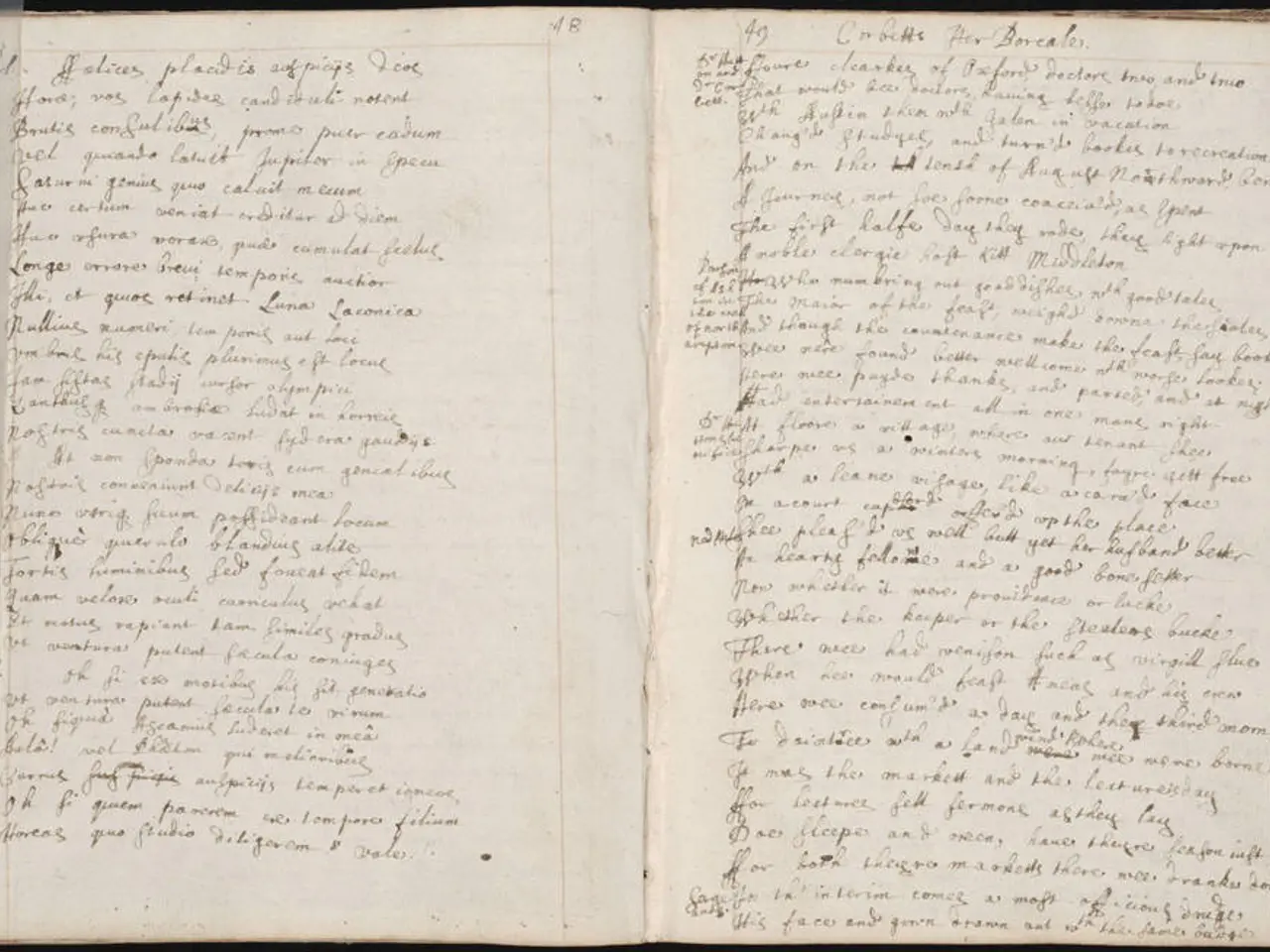Influence of Different Characters in Children's Literature on Culture and Society
In the world of early education, diverse children's books play a crucial role in fostering a more inclusive and supportive learning environment. By featuring characters from different cultures, backgrounds, and abilities, these books help 3-year-olds connect with the story and learn about diversity [1].
Through reading and discussing these stories, children not only learn to recognise and respect the feelings and challenges of others, but also develop empathy and social skills [2]. This empathy is essential for children as they navigate a multicultural world, helping them understand and appreciate diversity from an early age.
Moreover, diverse characters in books offer children the opportunity to explore experiences and feelings they may not have had themselves, expanding their empathy [3]. This is particularly important for 3-year-olds, who require representation and identification to foster a sense of belonging.
The portrayal of diverse characters also helps children develop intercultural competence. By reading books featuring characters from different cultural backgrounds, children learn to understand different perspectives, fostering empathy, tolerance, and respect [4]. Teachers use these books to stimulate discussions on diversity, anti-racism, feminism, and inclusiveness, broadly equipping children with social justice language and awareness early on.
In addition, diverse children's books contribute significantly to fostering self-confidence and self-acceptance, especially for children from marginalized groups who often face underrepresentation or negative stereotypes. Books like Sulwe by Lupita Nyong'o, which focus on themes of colorism and racial identity, help children embrace their unique qualities and boost their self-esteem [2].
In conclusion, the inclusion of diverse characters in children's books positively impacts early education, self-confidence, and intercultural competence. These books bring cultural richness into classrooms, making learning more engaging and reflective of real-world diversity [1][3]. They also help children from diverse backgrounds gain positive reflections of themselves, boosting self-acceptance and pride [2][3]. Lastly, exposure to diverse experiences develops empathy, understanding, and skills for respectful intercultural interactions [1][4].
This evidence indicates that diverse children's literature is a powerful tool for inclusive education and social-emotional development. By promoting a positive self-image, boosting self-confidence, and developing intercultural competence, these books are essential for shaping the next generation's understanding and appreciation of diversity.
References:
[1] American Psychological Association. (2018). Diversity in Children's Literature. Retrieved from https://www.apa.org/pi/oema/resources/childrens-books
[2] Nyong'o, L. (2019). Sulwe. Simon & Schuster Books for Young Readers.
[3] Montgomery County Public Schools. (2020). Inclusive Classroom Practices: A Guide for Teachers. Retrieved from https://www.montgomeryschoolsmd.org/departments/curriculum/inclusive-classroom-practices-guide-for-teachers.html
[4] Weinstein, K. (2018). Diversity in Children's Literature: Why It Matters and What We Can Do About It. Teachers College Press.
- To foster a more comprehensive learning environment, incorporating diverse literature like home-and-garden, lifestyle, education-and-self-development, and personal-growth books into various age groups, especially those focusing on childhood, could offer valuable insights into different experiences and perspectives.
- Career-development resources, such as books on job-search strategies and skills-training, can provide invaluable guidance for individuals navigating their professional lives, enabling them to grow both personally and professionally.
- By showcasing diversified characters in children's books, we not only create a more inclusive learning environment but also facilitate the development of empathy, self-acceptance, and a greater understanding of cultural diversity— fostering intercultural competence in young learners.
- Engaging with diverse literature helps individuals appreciate the richness of various cultures, improve their social skills, and develop a more positive self-image, making learning a more engaging, enjoyable, and reflective experience for all.




